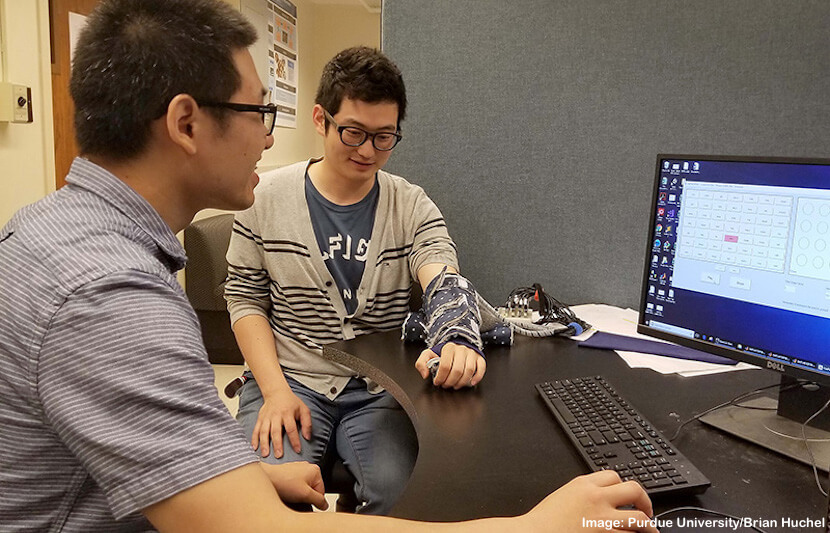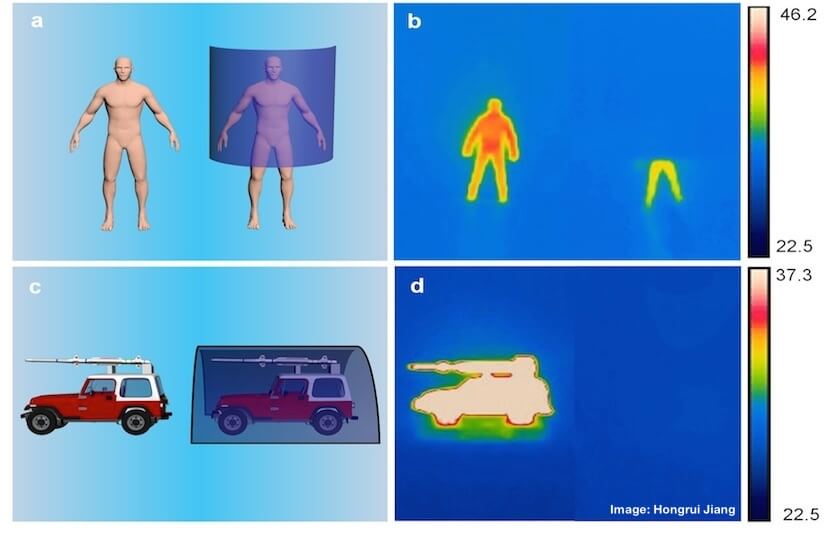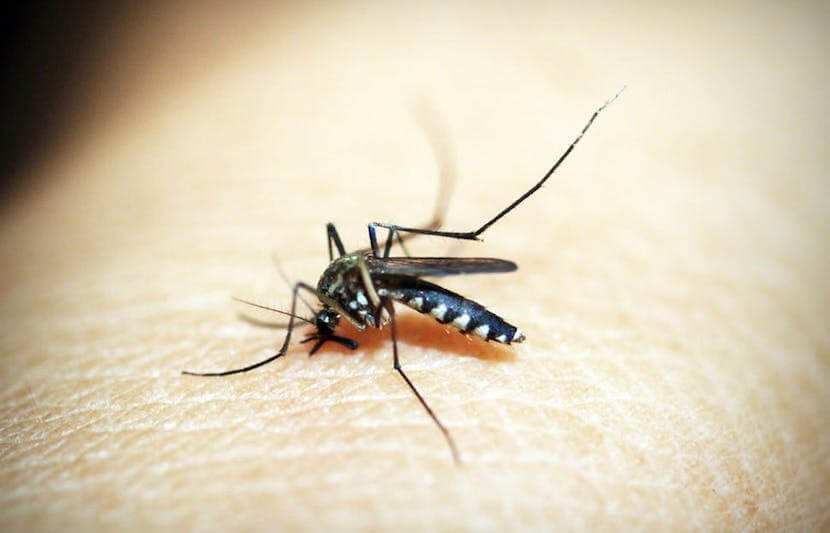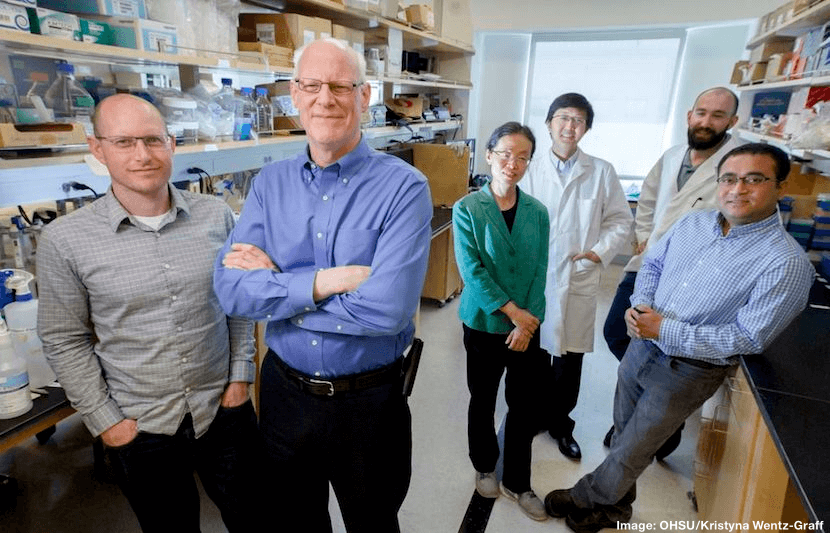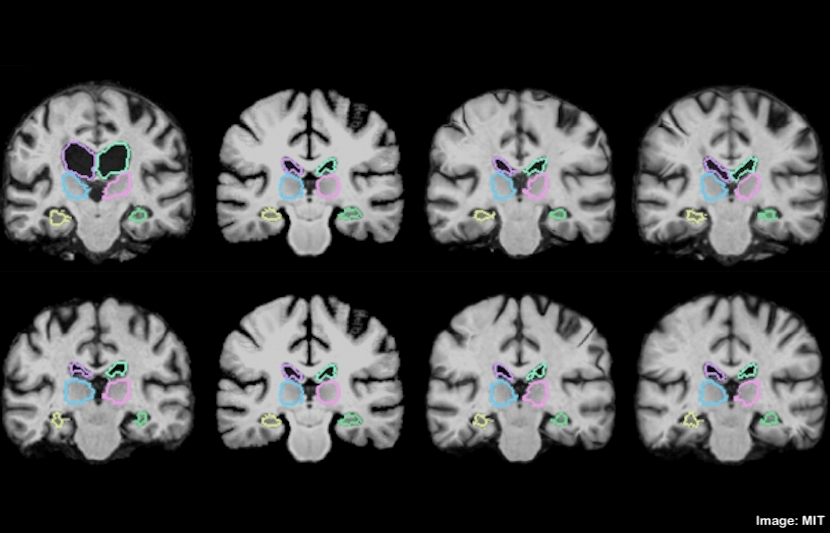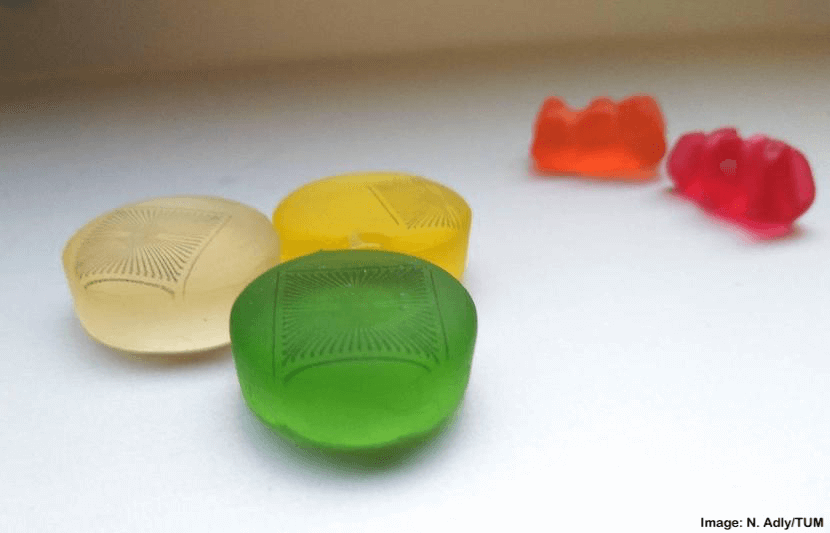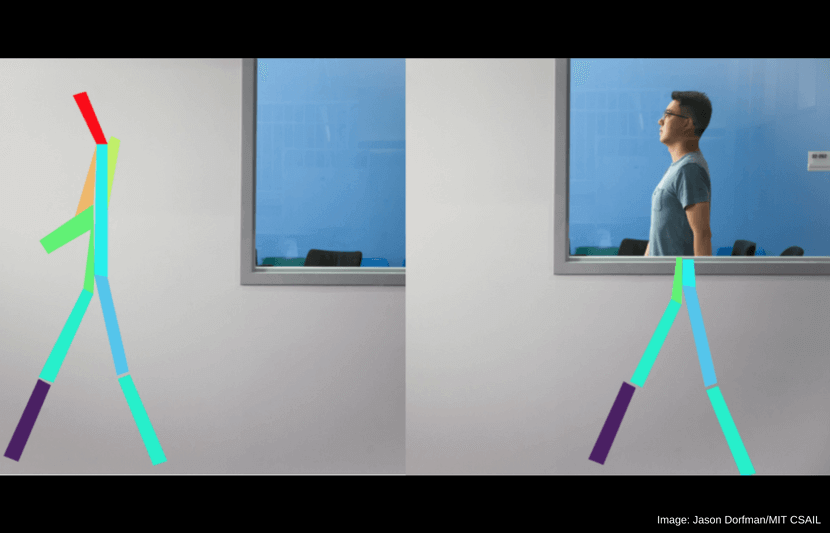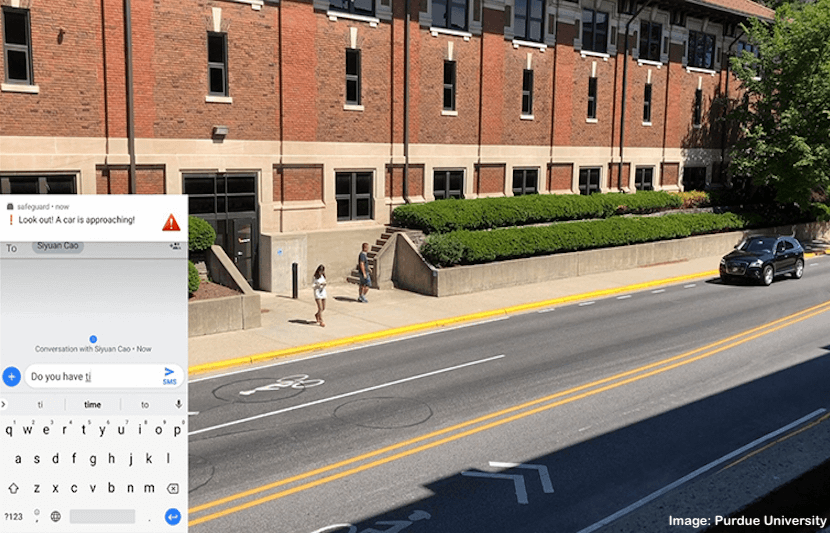-
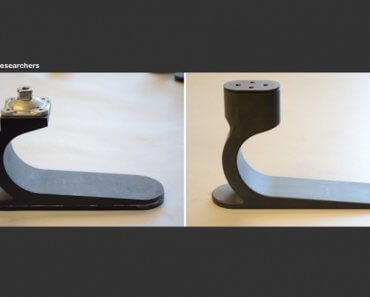
Revolutionary Low-Cost Prosthetic Foot Allows Amputees to Walk Naturally
Prosthetic limb technology has advanced greatly in recent years, but new designs can cost tens of thousands of dollars, leaving many amputees without affordable products. Now, engineers at MIT have developed a low-cost, passive prosthetic foot that can be customized to fit the individual and mimic an able-bodied walk. “[Walking] is something so core… Read More
-

Researchers Mimic Photosynthesis to Reduce CO2
A team of researchers from the Tokyo Institute of Technology, Paris Diderot University, and the French National Centre for Scientific Research (CNRS) have discovered a way to reduce carbon dioxide (CO2) into carbon monoxide (CO) using only commonly occuring elements and sunlight. Their method mimics photosynthesis — the natural process by which plants derive sustenance… Read More
-
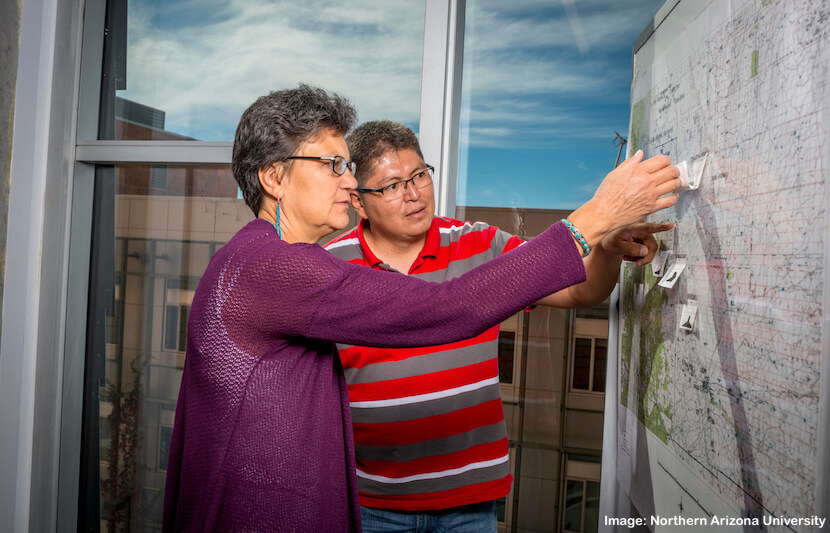
NAU Program to Recruit Native Americans into STEM
In the U.S., Native Americans have the lowest university enrollment and graduation rates out of any group. And in fields of science, technology, engineering and math (STEM), they only represent 0.5 percent of students. In an effort to combat the underrepresentation, two professors at Northern Arizona University (NAU) have received a $2.6 million grant from… Read More
-
Engineers Find Way to Send and Receive Messages Through The Skin
Instead of receiving information via smartphone, messages could one day be sent and read through a person’s skin, according to new research. Engineers at Purdue University, working with MIT and Facebook researchers, have developed a technique that can teach people to interpret nonverbal messages through an arm sleeve that sends haptic signals, such as a… Read More
-
Ultrathin Stealth Material Hides Objects From Infrared Detection
A team of researchers at the University of Wisconsin-Madison has developed an ultrathin stealth sheet — a real-life cloak of invisibility, unlike Harry Potter’s — that disguises objects from detection by infrared cameras. All warm objects — from human bodies to car engines — emit a certain amount of infrared light. The hotter the object,… Read More
-
The United Effort to Save the World’s Coral Reefs
Australia’s Great Barrier Reef stretches over hundreds of thousands of square miles, encompassing a vibrant ecosystem of brightly colored corals and a vast pool of marine life. But, a recent study found that 30 percent of its corals died during a nine-month heat wave from March to November 2016. This discovery highlights the continuing threat… Read More
-
Mosquitos Hold the Secret to Painless Needles
Mosquitos, the pesky, little bugs responsible for spreading diseases and ruining summer barbecues, hold a clue to medical advancements. The needle-like probe that the insects use to suck up blood has inspired Ohio State University researchers to develop a painless microneedle. “A mosquito can sit on skin for several minutes and suck blood painlessly,” said… Read More
-
New Drug Compound Can Stop Cancer From Spreading
Half of the battle when fighting cancer is making sure the infected cells don’t spread throughout the body. It could be the difference between life and death. Now, for the first time, a team of researchers has discovered a drug compound that can make cancer cells stay put. “Movement is key: the difference is black… Read More
-
New Algorithm Makes Analyzing Brain Scans 1,000 Times Faster
MIT researchers have built a machine-learning algorithm that can register MRI scans and other 3D images, and compare and analyze them in a matter of seconds. This reduces the traditional runtime of two hours or more down to just a second. Medical imaging, including MRI and CT scans, is not only a medical breakthrough, allowing… Read More
-
Why ‘Develop Your Passion’ Is Better Advice Than ‘Find Your Passion’
The seemingly well-intended advice to “find your passion” may carry hidden implications and result in negative consequences, according to a new study from Stanford University. The research team — Paul O’Keefe, a former postdoctoral fellow at Stanford and now an assistant professor of psychology at Yale Nus College in Singapore; Carol Dweck, a professor of… Read More
-
Scientists Print Medical Sensors onto Gummies
After nearly 100 years of satisfying the taste buds of kids and adults, alike, gummi bears may finally have a greater purpose. A team of researchers has developed a method to print microelectrode arrays onto gummy candies, gelatin and other soft substrates. This new method will provide a cheap, fast way to develop microelectrodes that… Read More
-
Mixing Online and In-Class Learning Can Boost Performance
Having coursework presented both online and in-person can make students less likely to withdraw from a class or experience test anxiety, a new study suggests. Researchers at the University of Iowa analyzed the way students perceived the delivery of content in a classroom and found that having a “blended” course format, in which content is… Read More
-
Artificial Intelligence Can See People Through Walls
In a groundbreaking new project, MIT researchers have developed a computerized system that uses artificial intelligence (AI) to see people through walls. “RF-Pose,” as they have dubbed the technology, functions as real-life X-ray vision. The technology uses a neural network to analyze radio frequencies that reverberate off people’s bodies. This allows the system to detect… Read More
-
Sibling Relationships Can Predict Educational Success
A new study from researchers at Penn State University suggests that childhood relationships between siblings may impact their relative educational success later in life. The paper is published in the journal Child Development. The study For about 15 years, the Penn State researchers followed the first- and second-born children of 152 families. These families were… Read More
-
Surveillance Cameras ‘Talk’ to the Public via Smartphones
Researchers at Purdue University have developed a new technology that enables public surveillance cameras to communicate with people. The system, which they have named PHADE, can send real-time, personalized messages to smartphones based on users’ behavior, all without compromising the privacy of the individual. This private human addressing process can be used for various purposes… Read More


